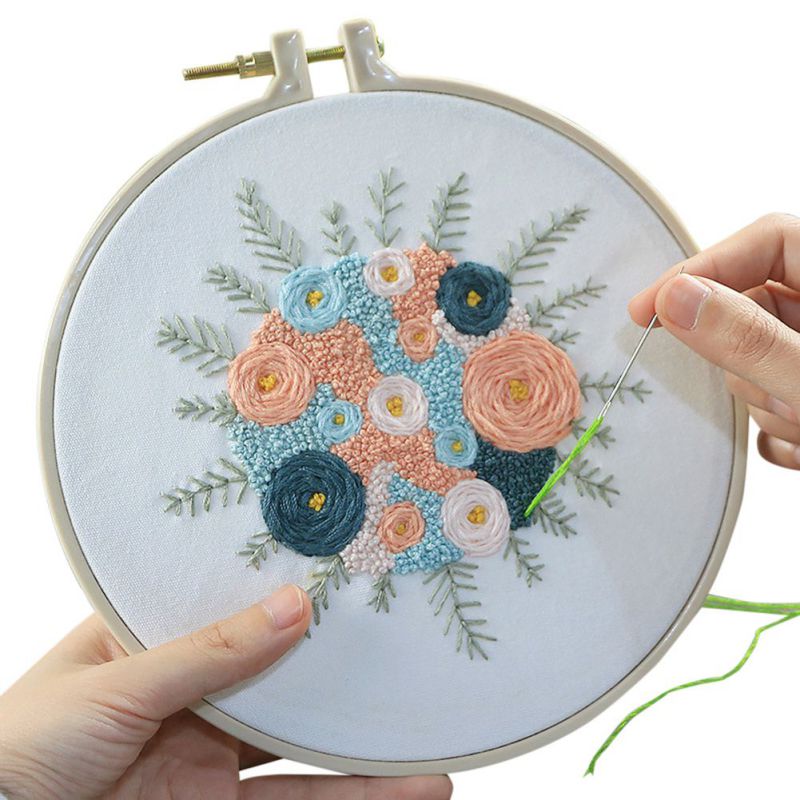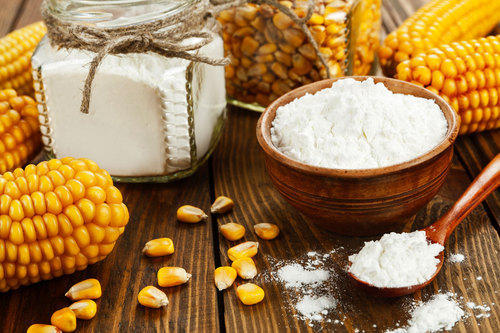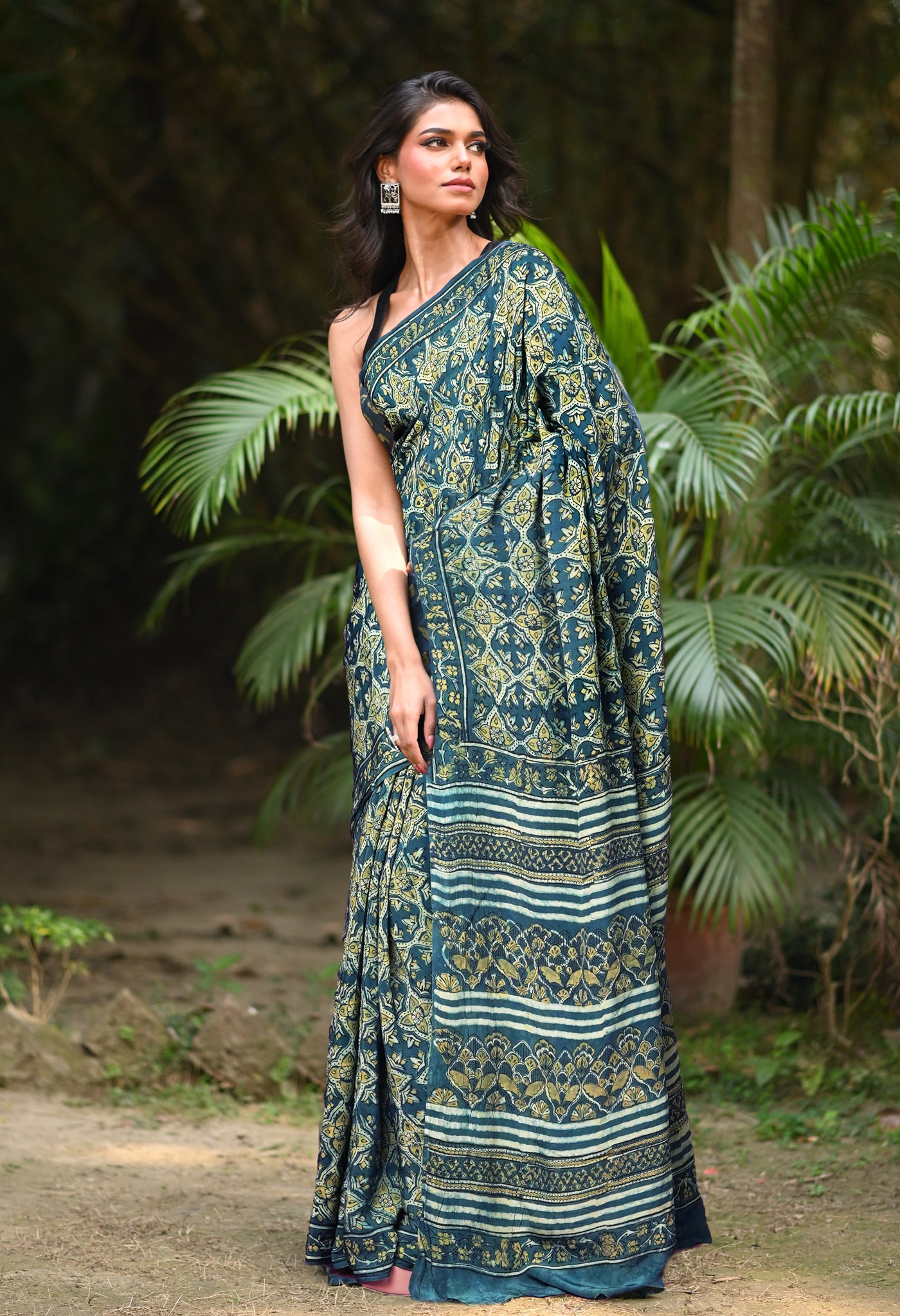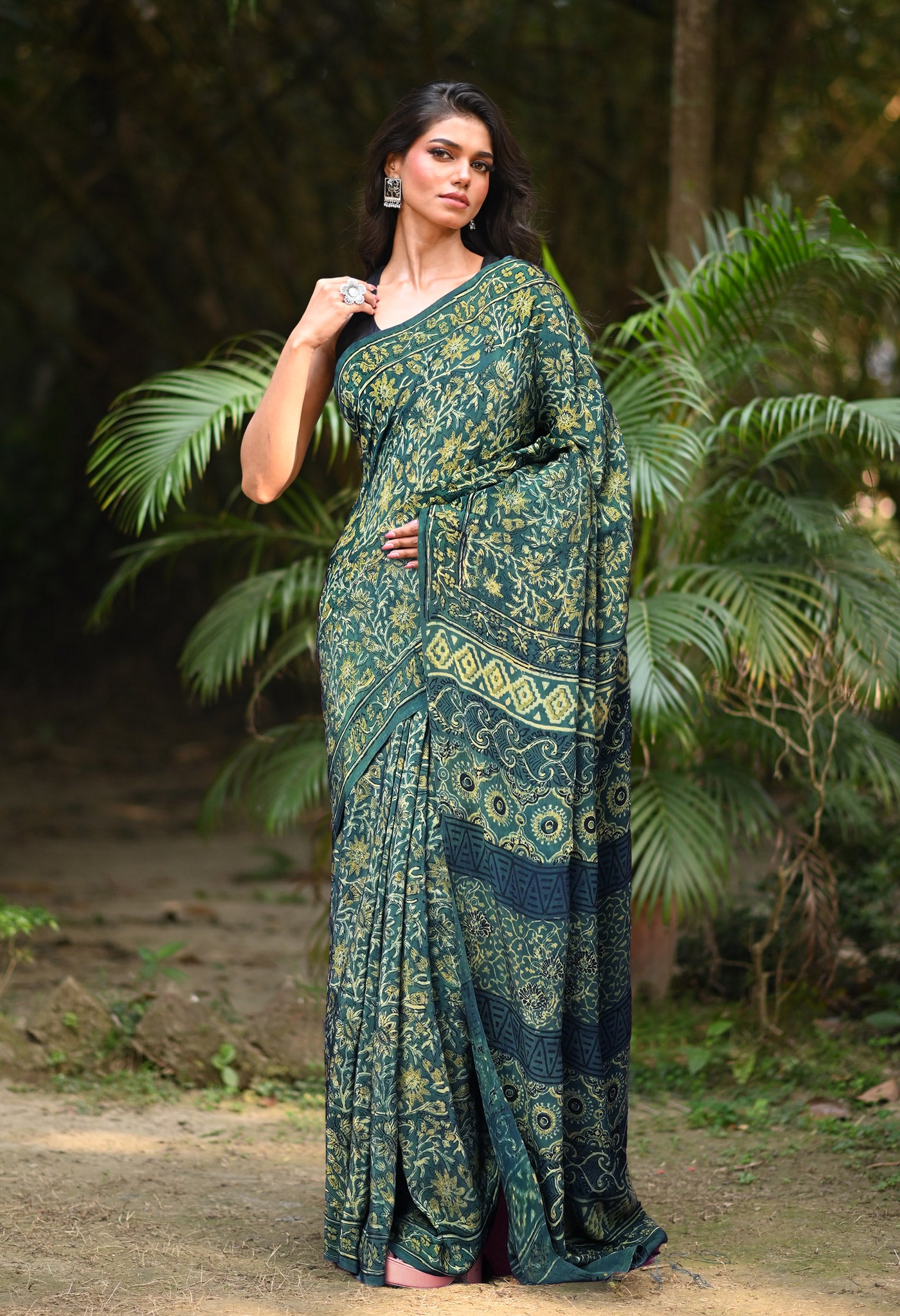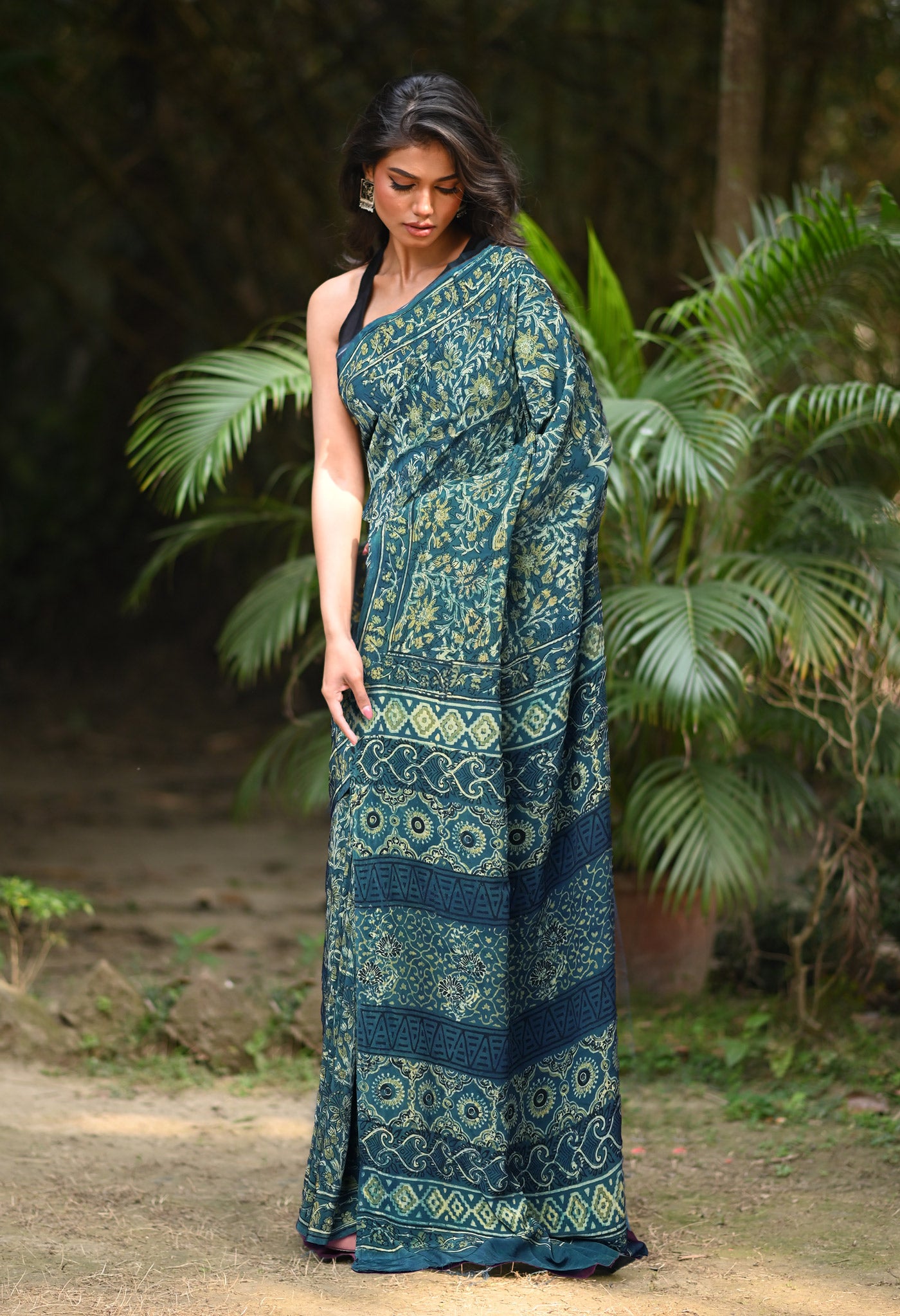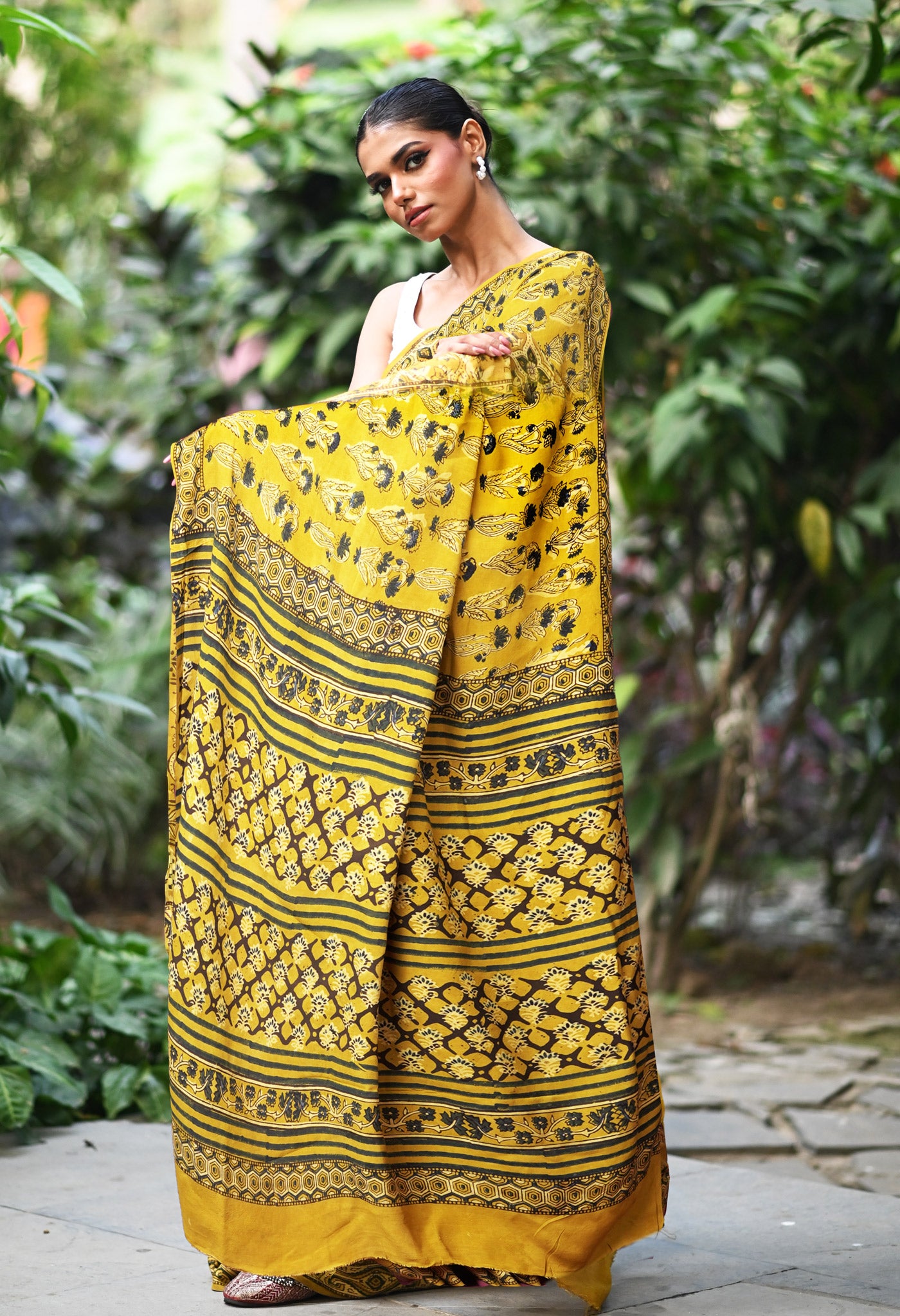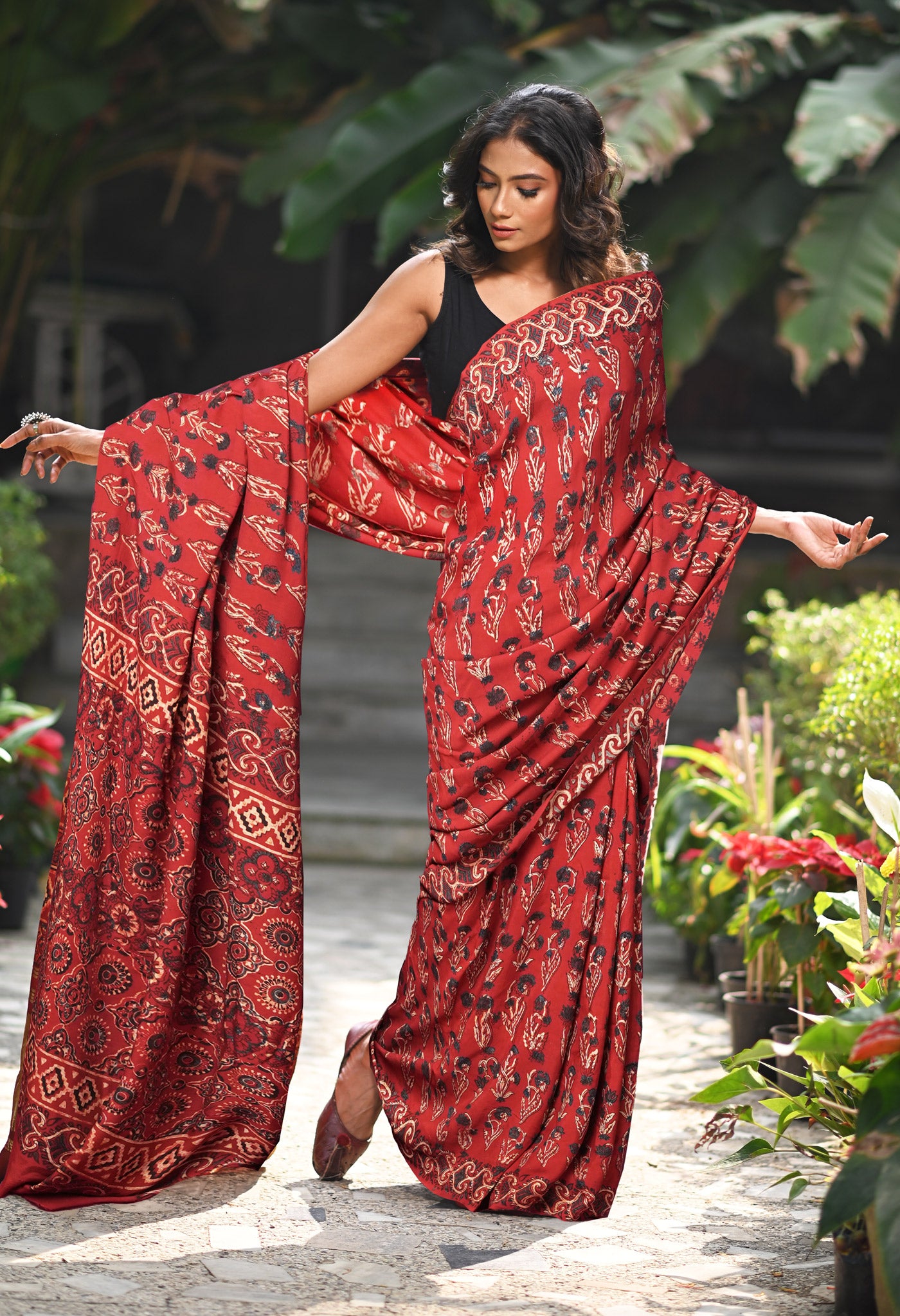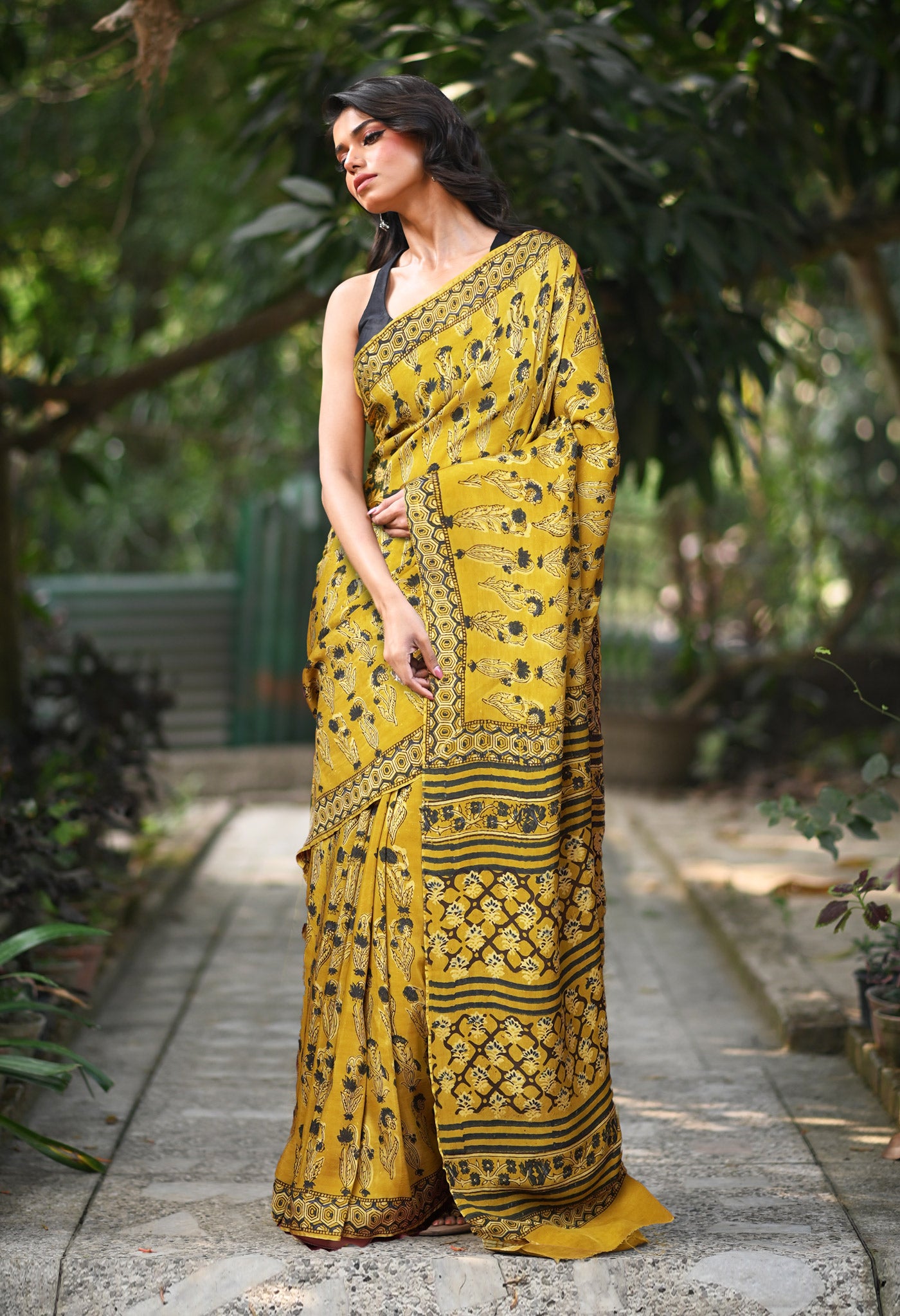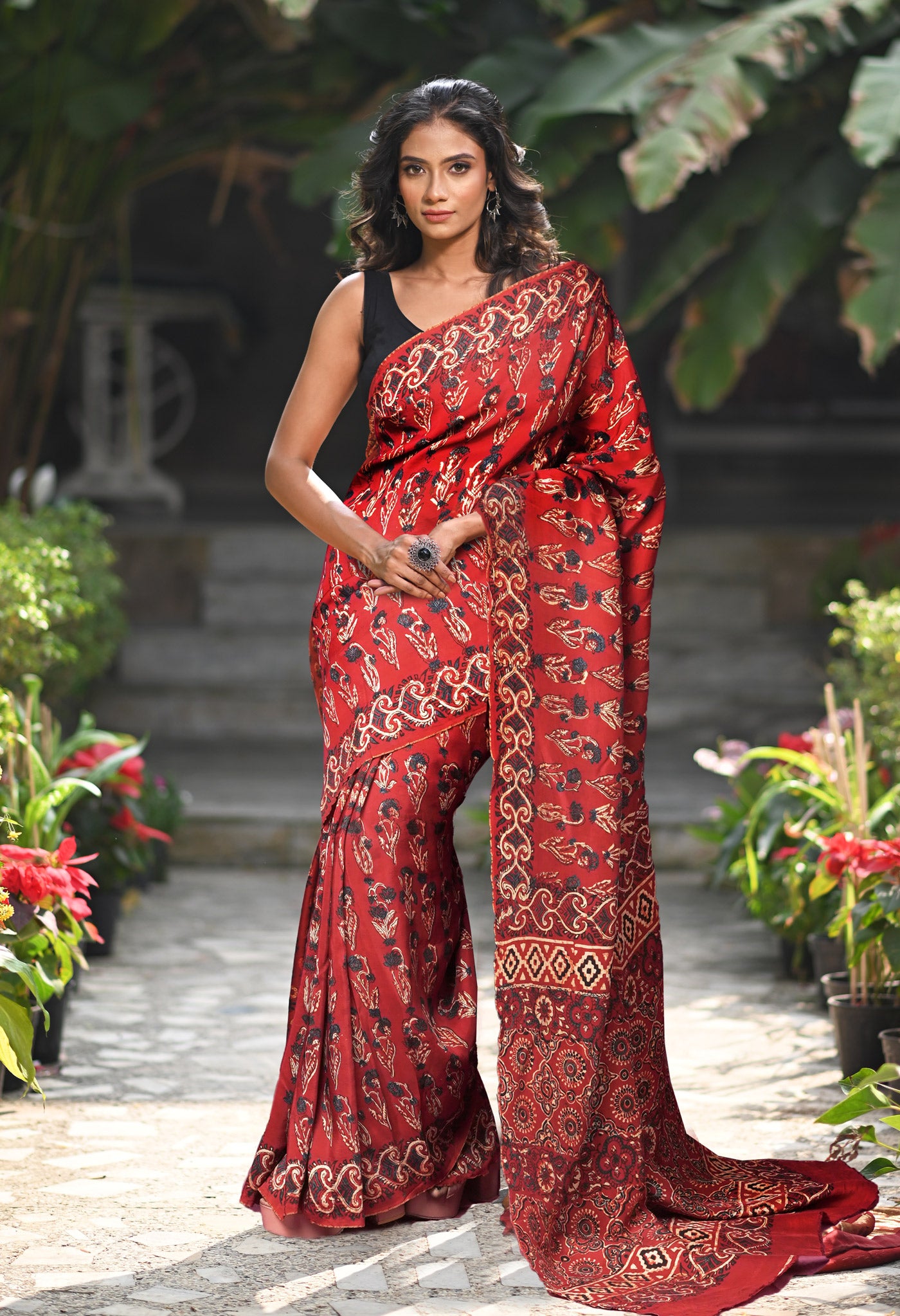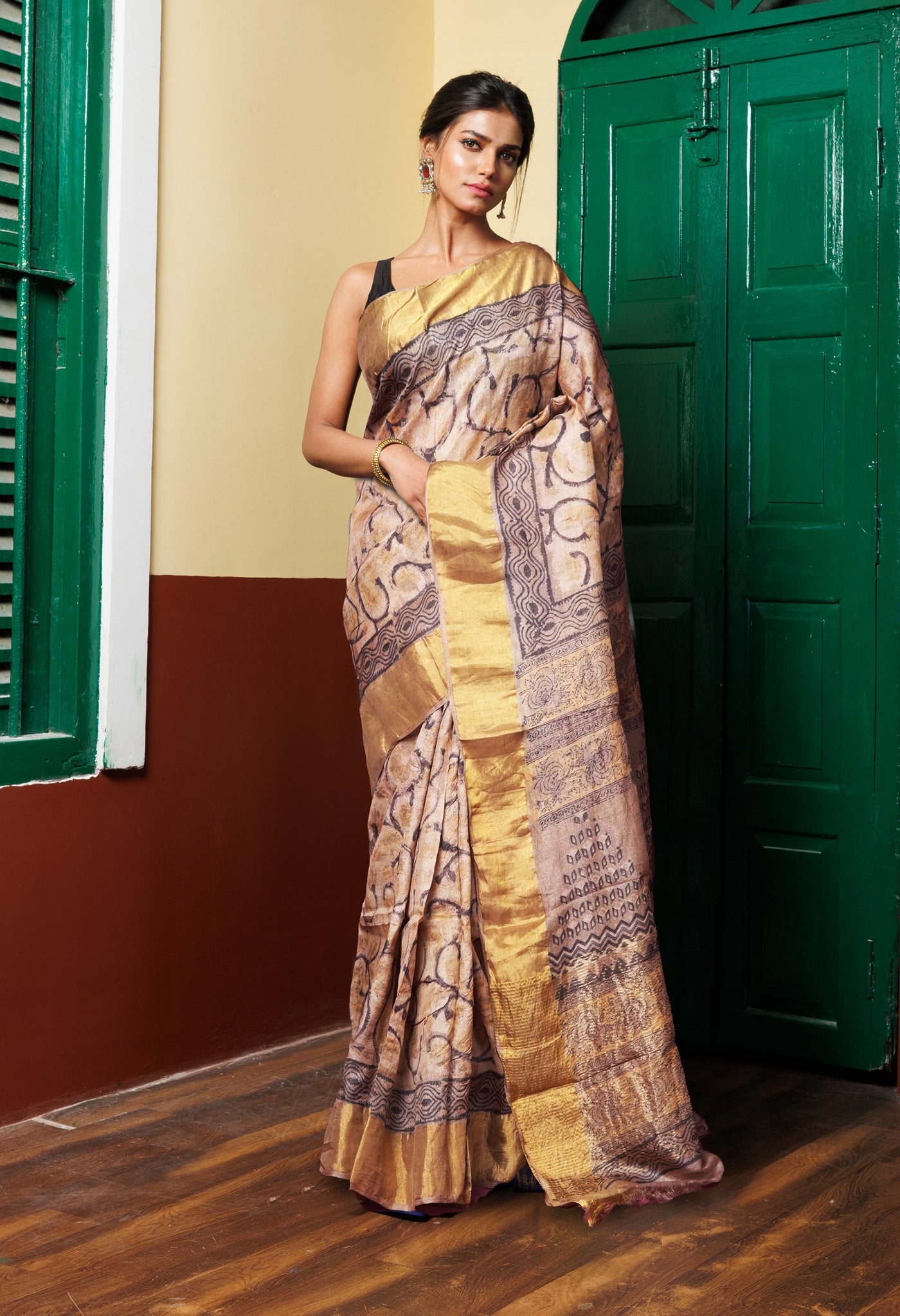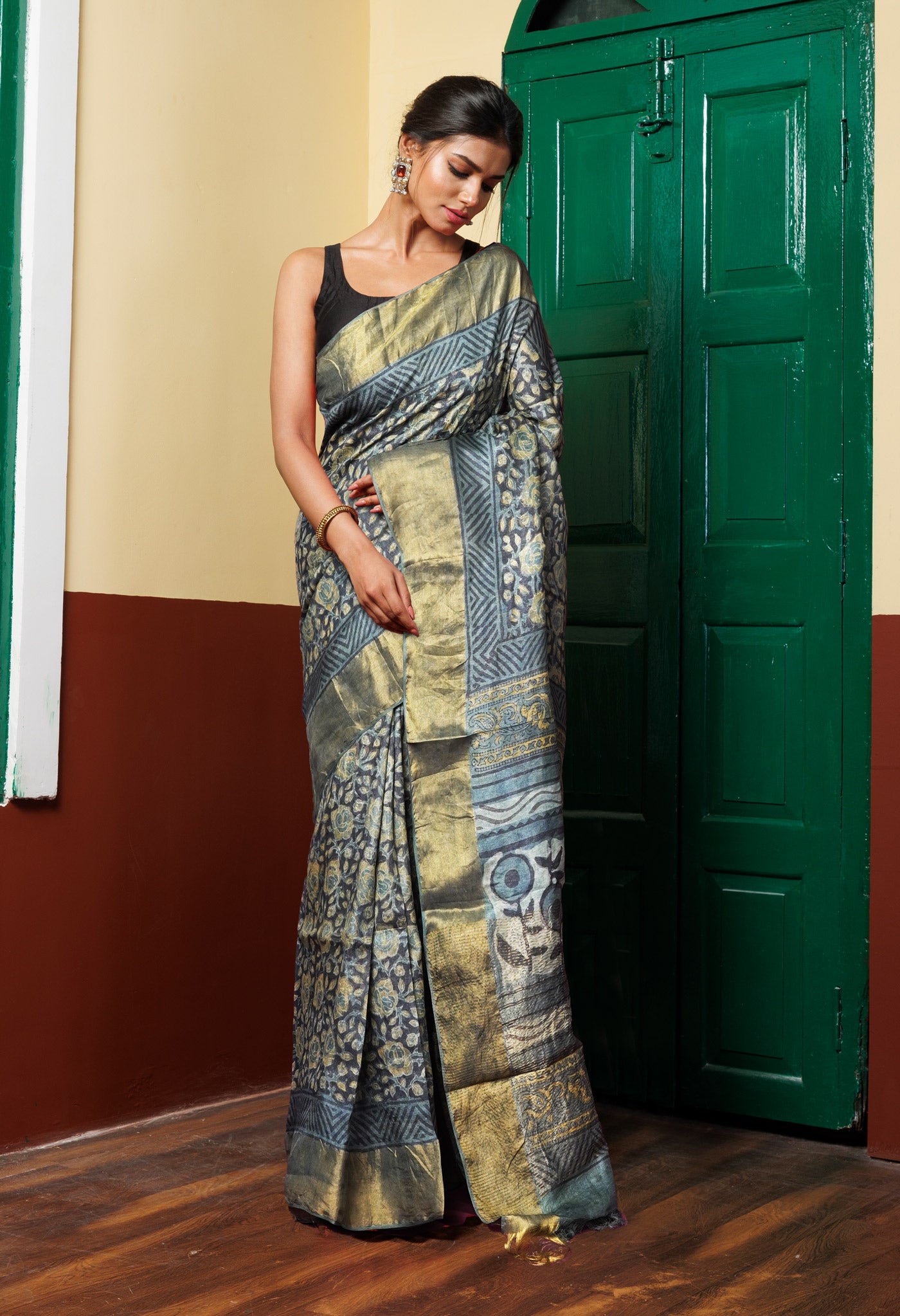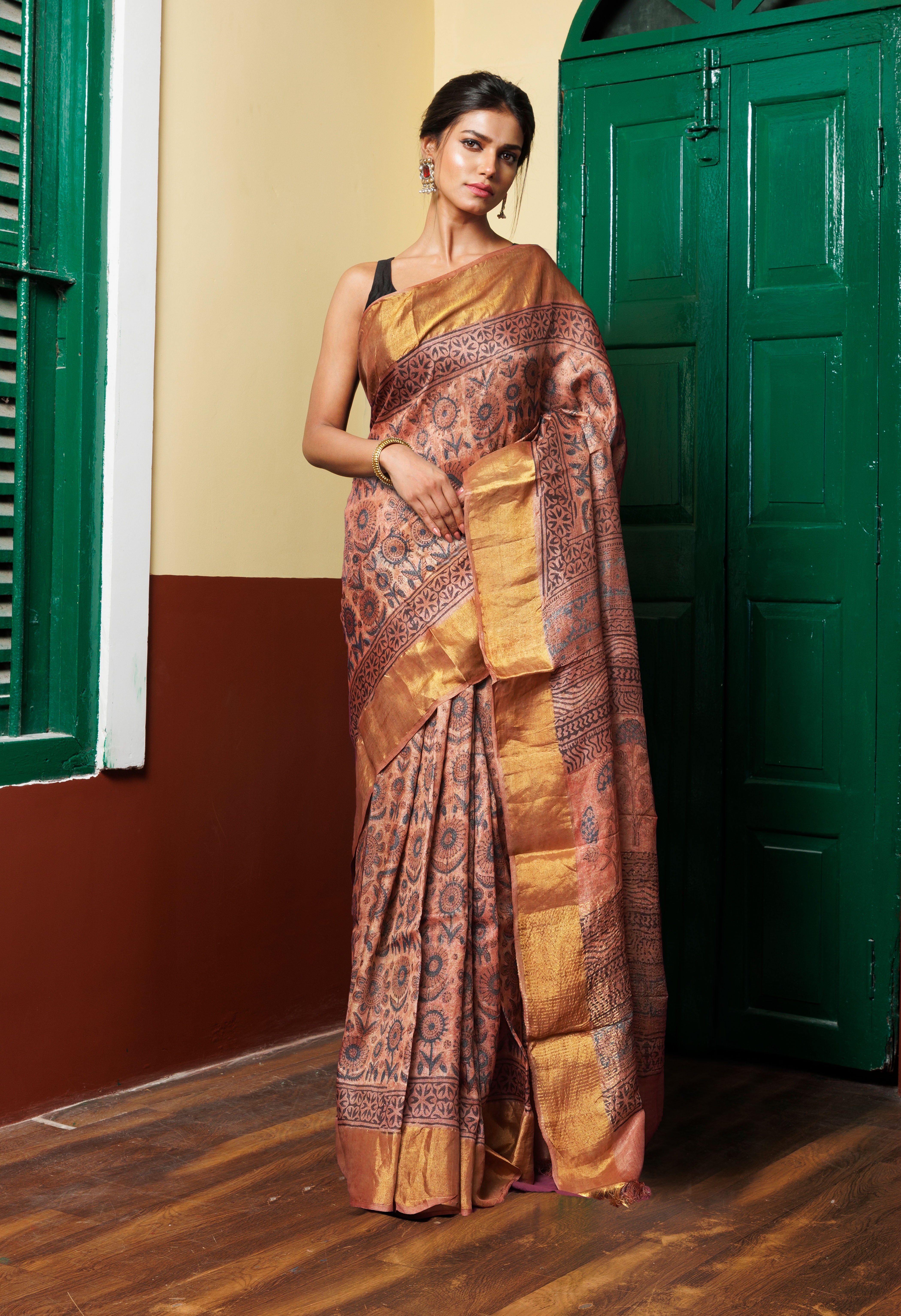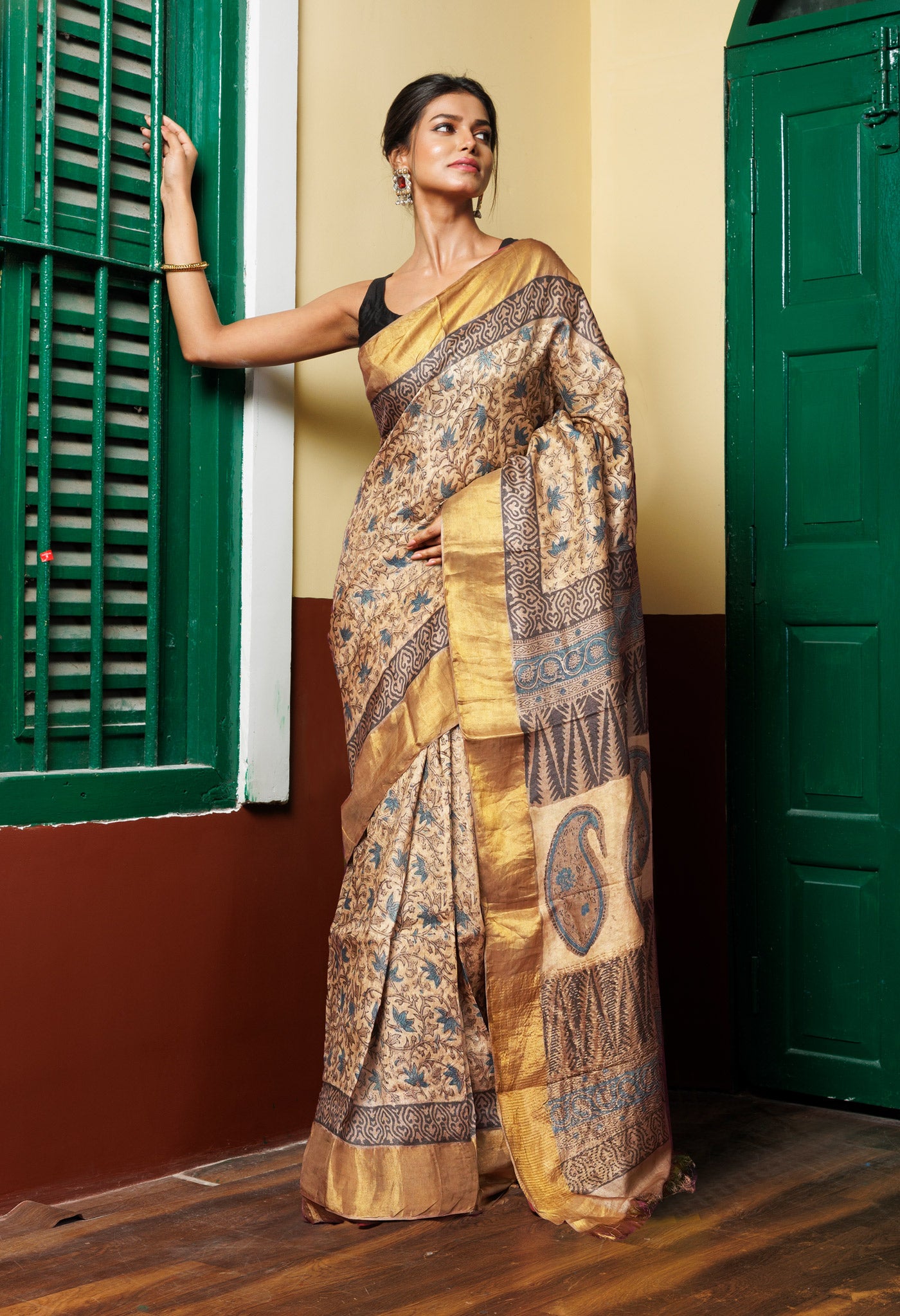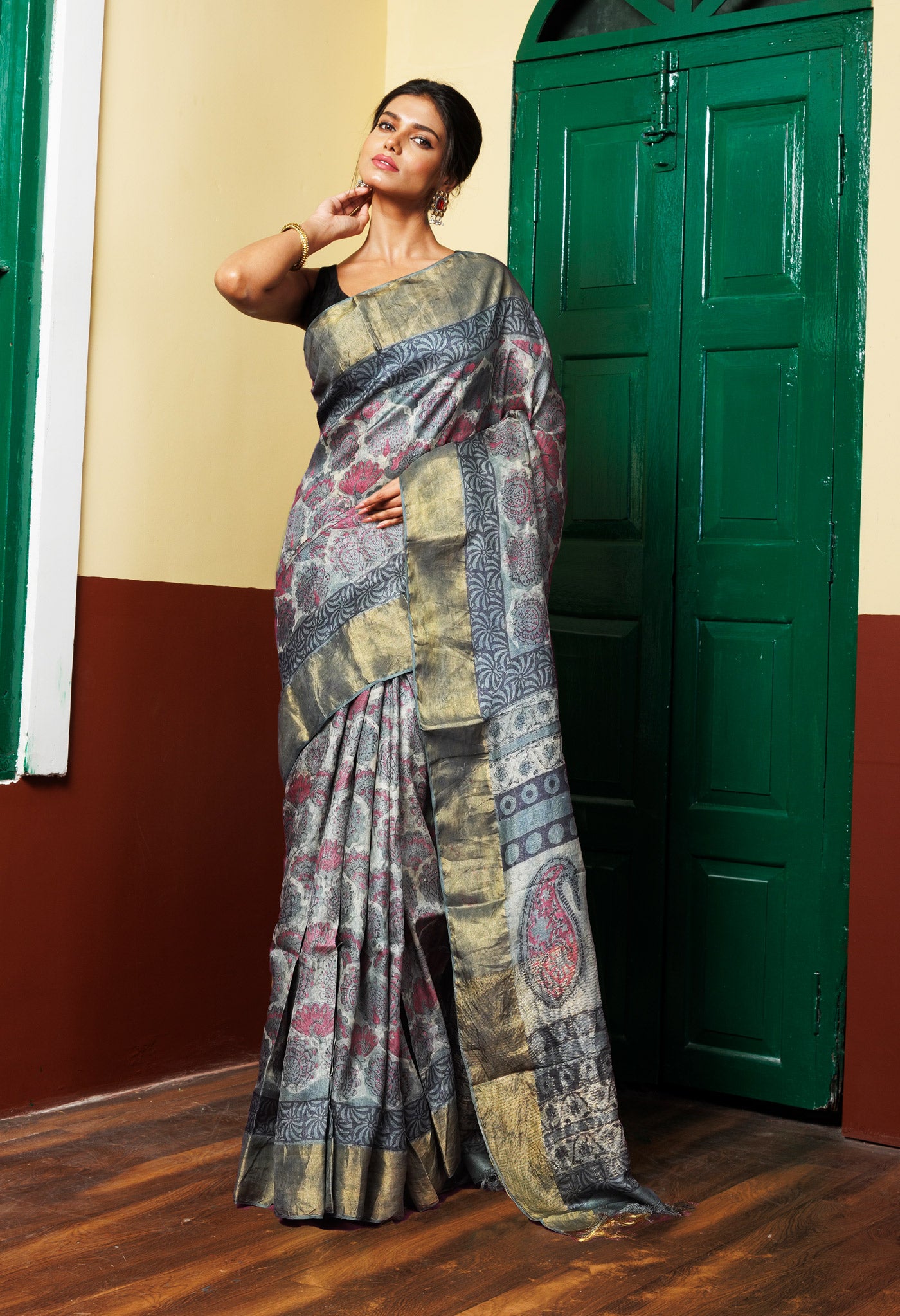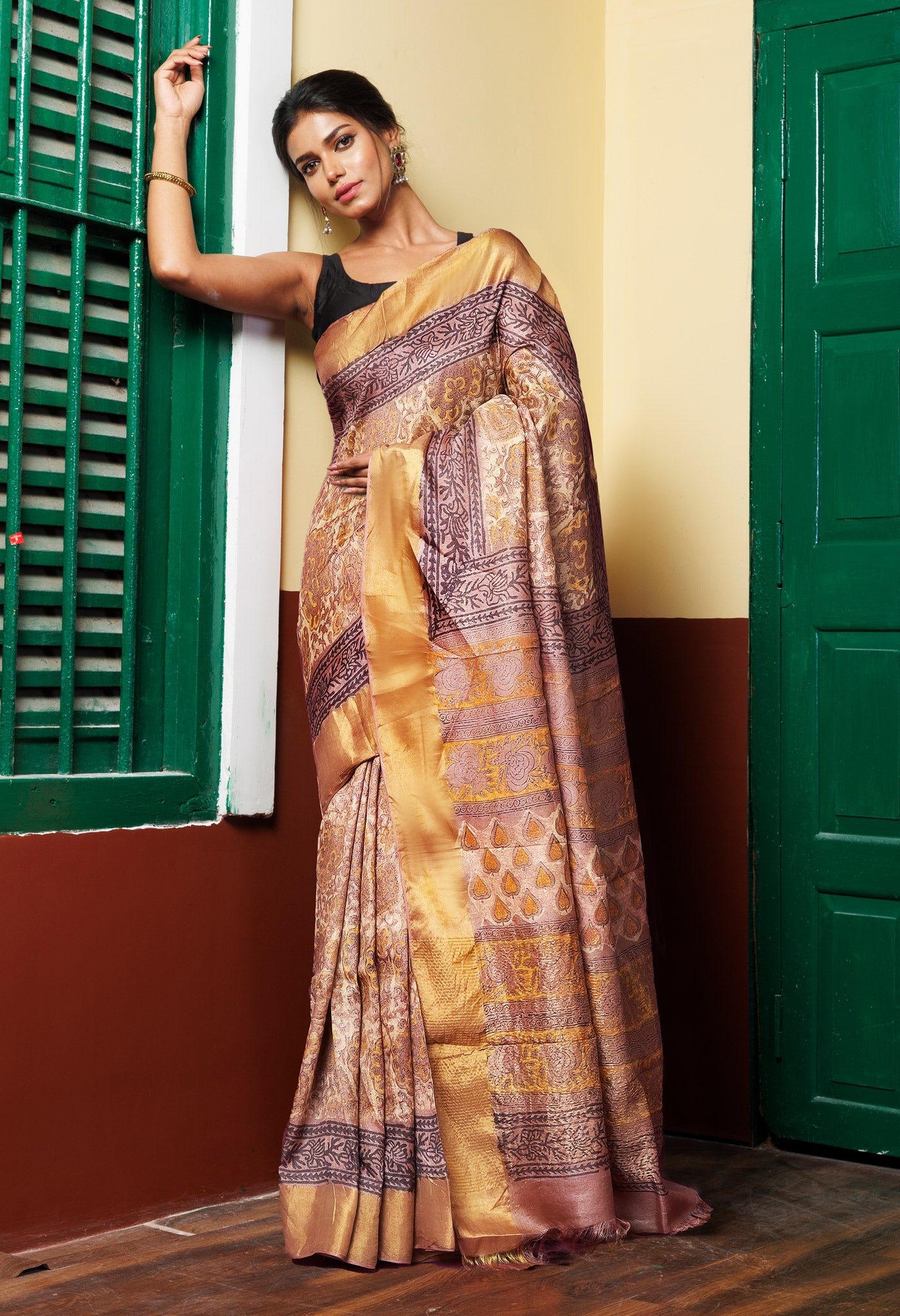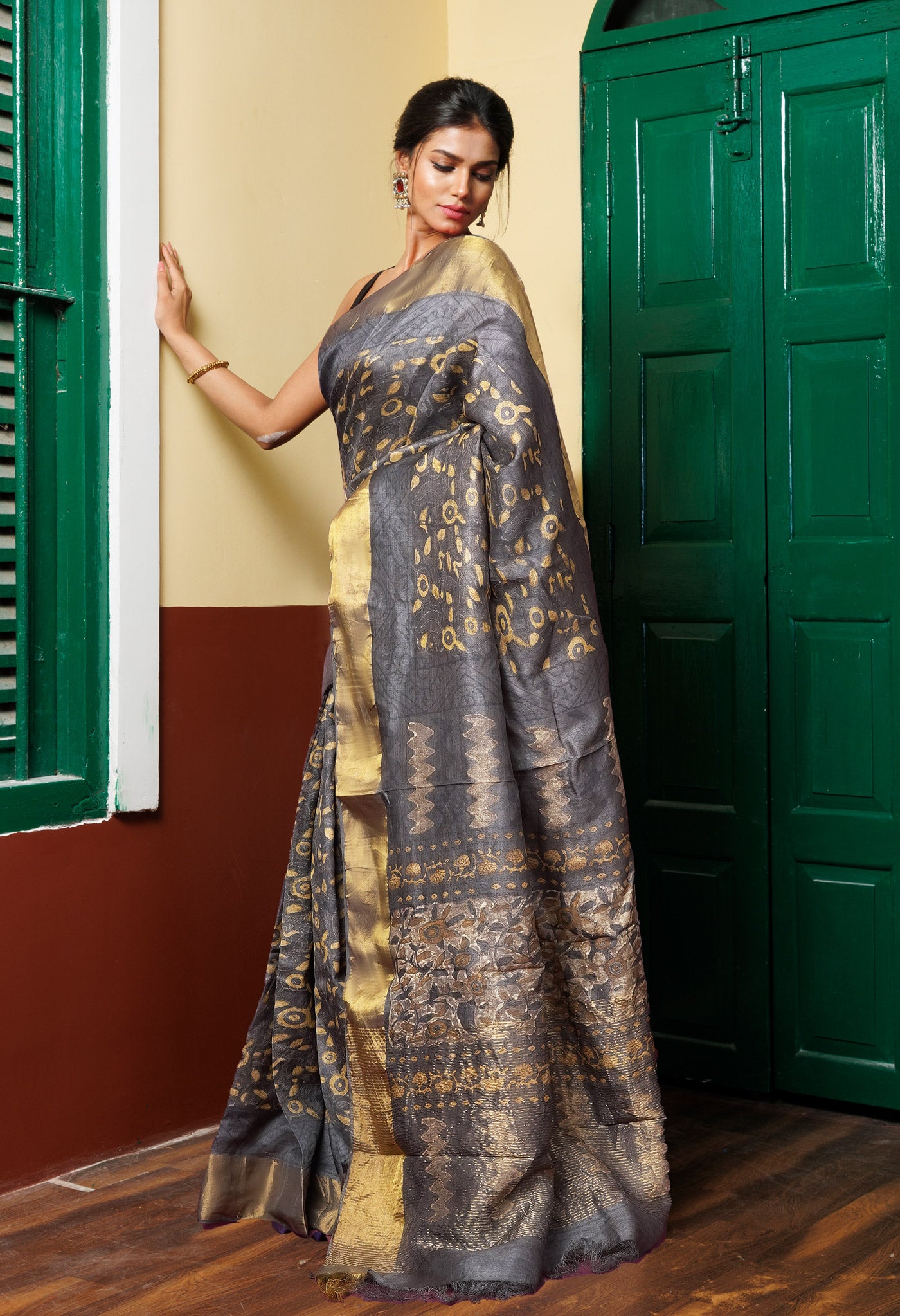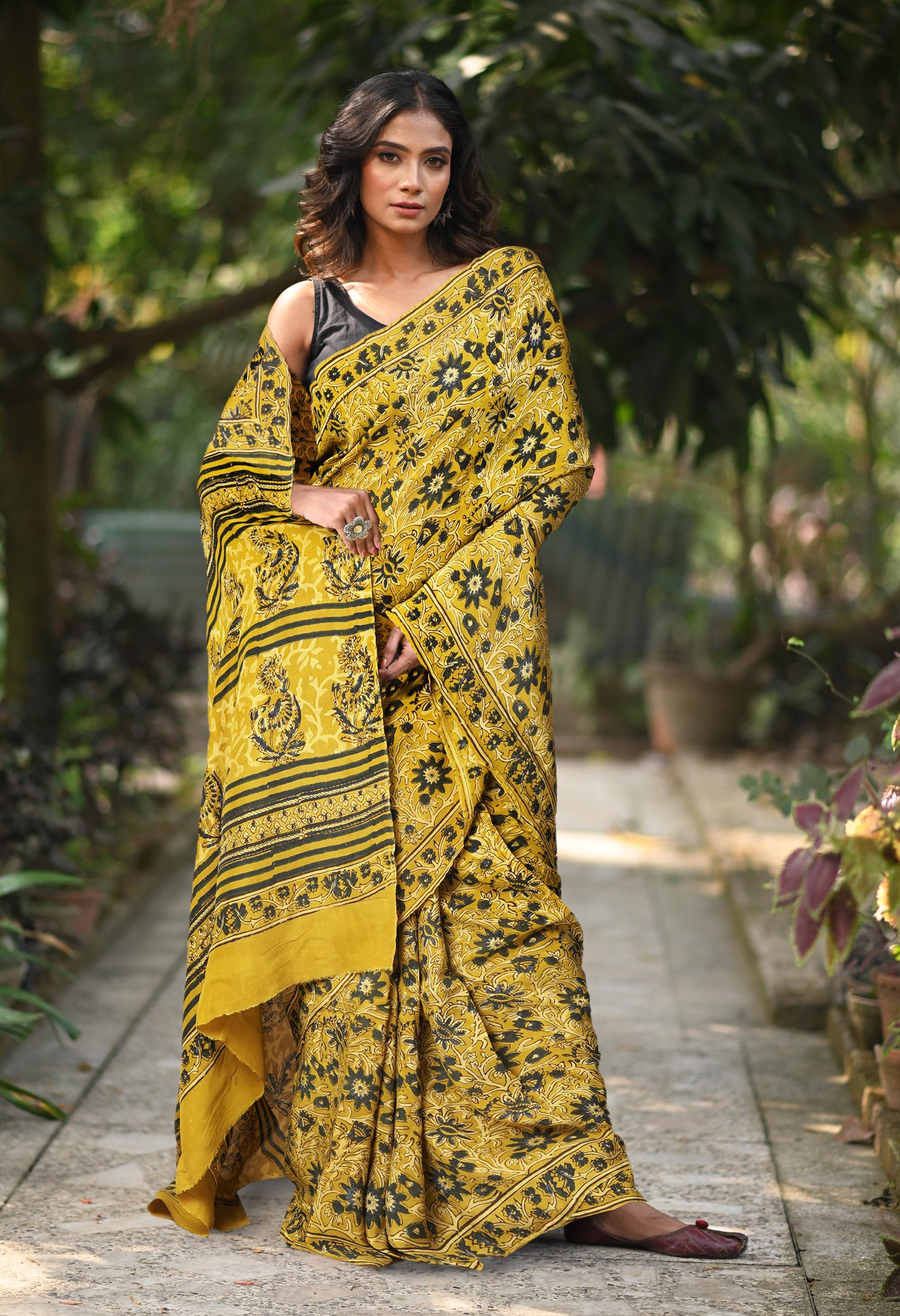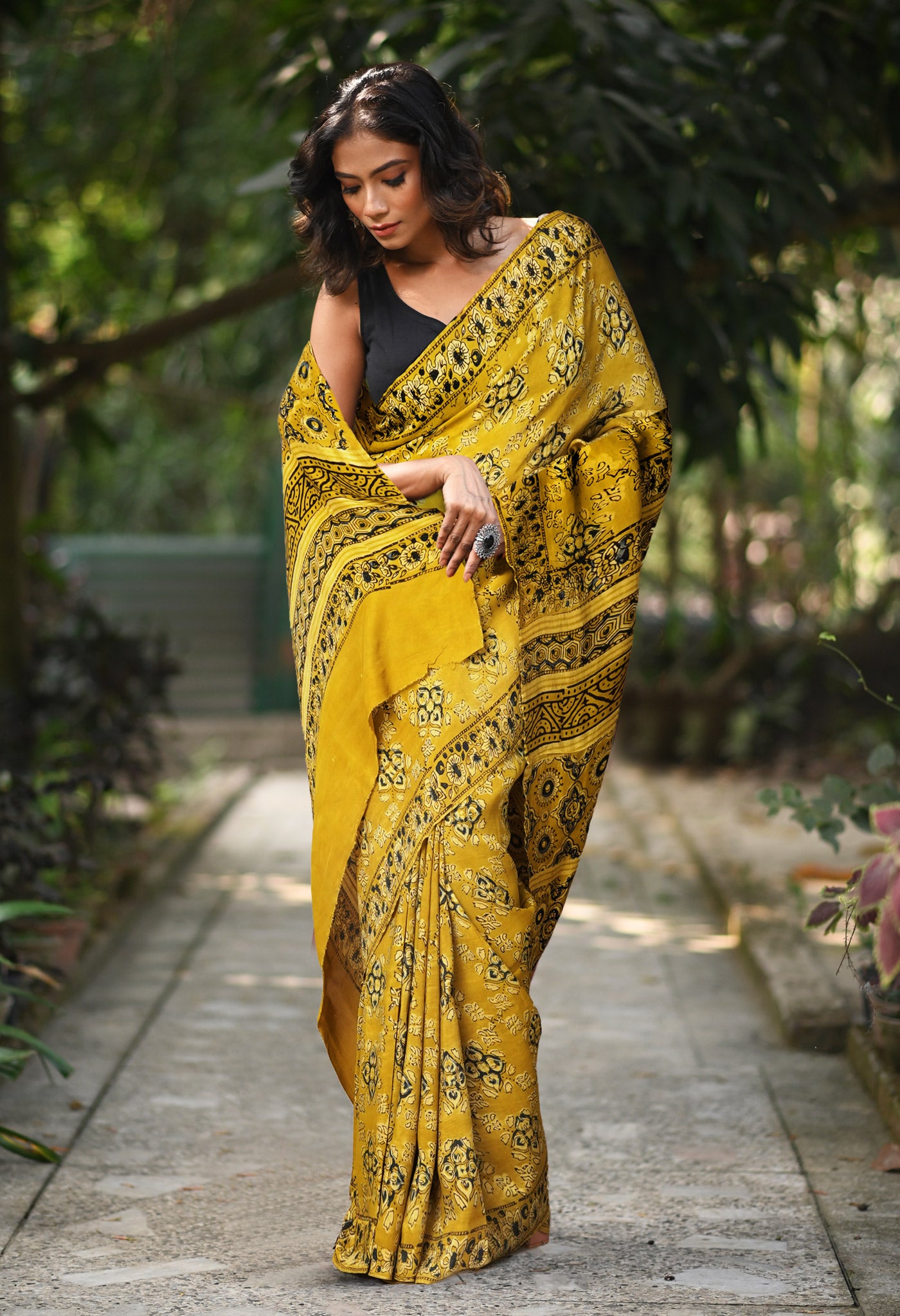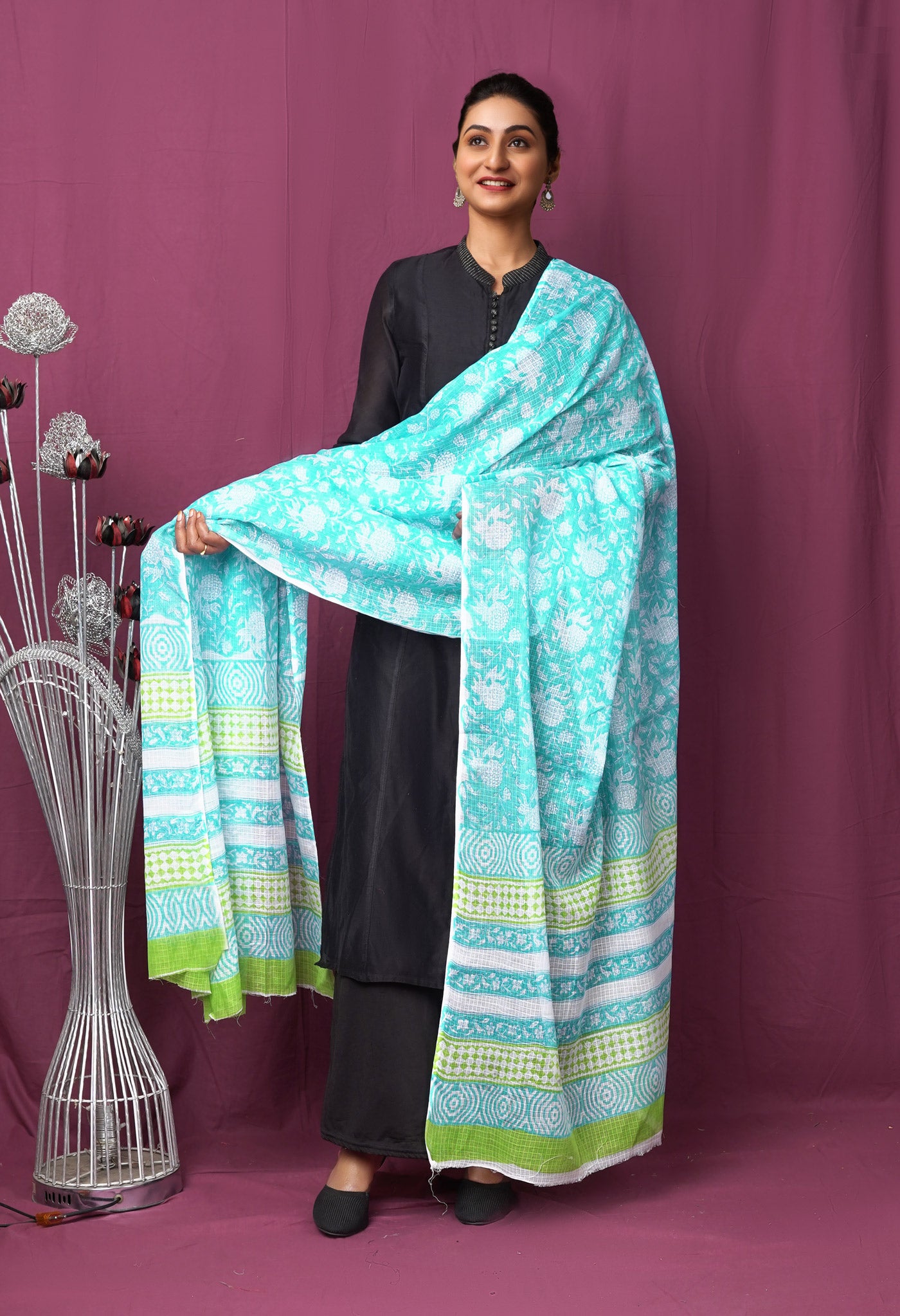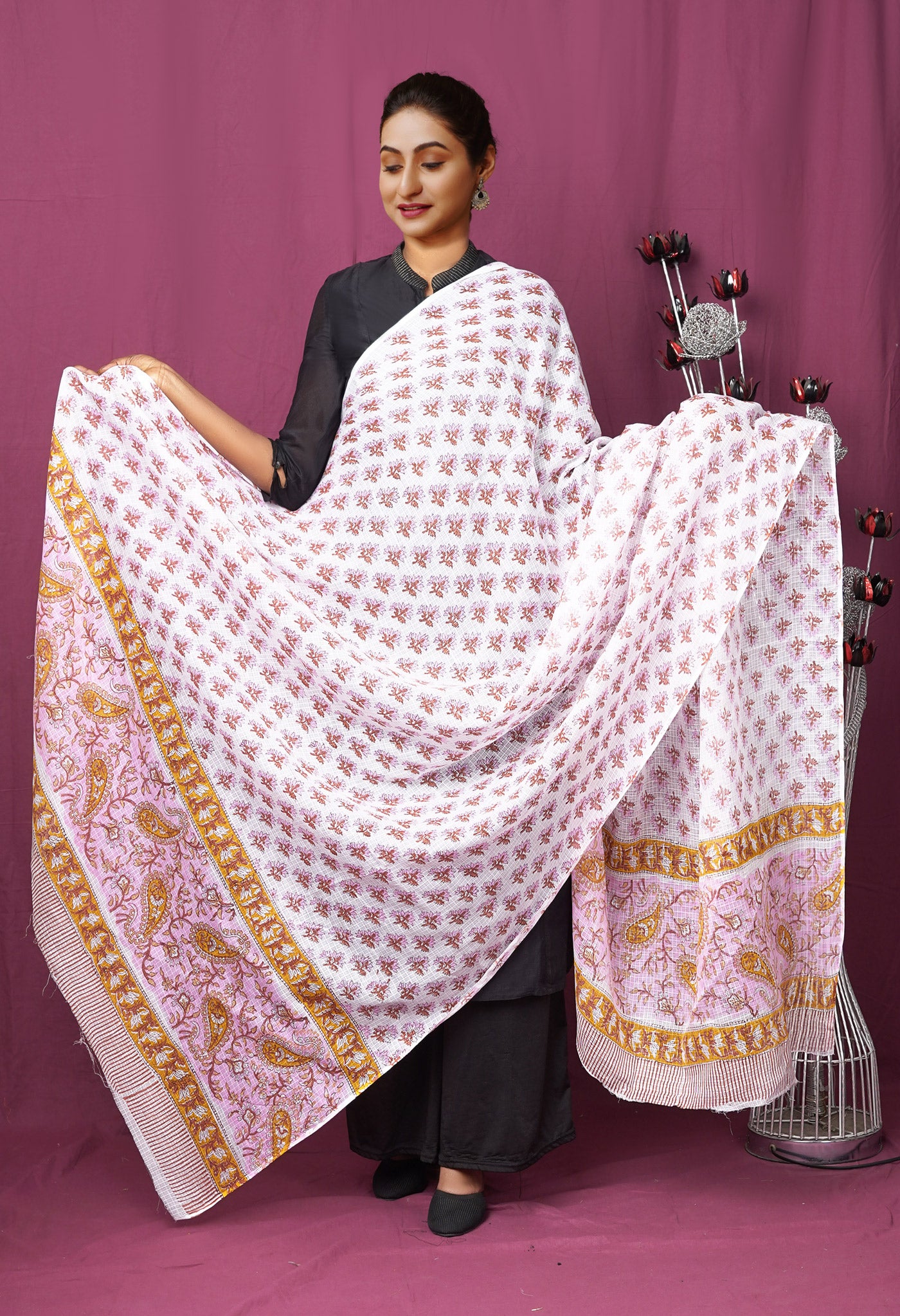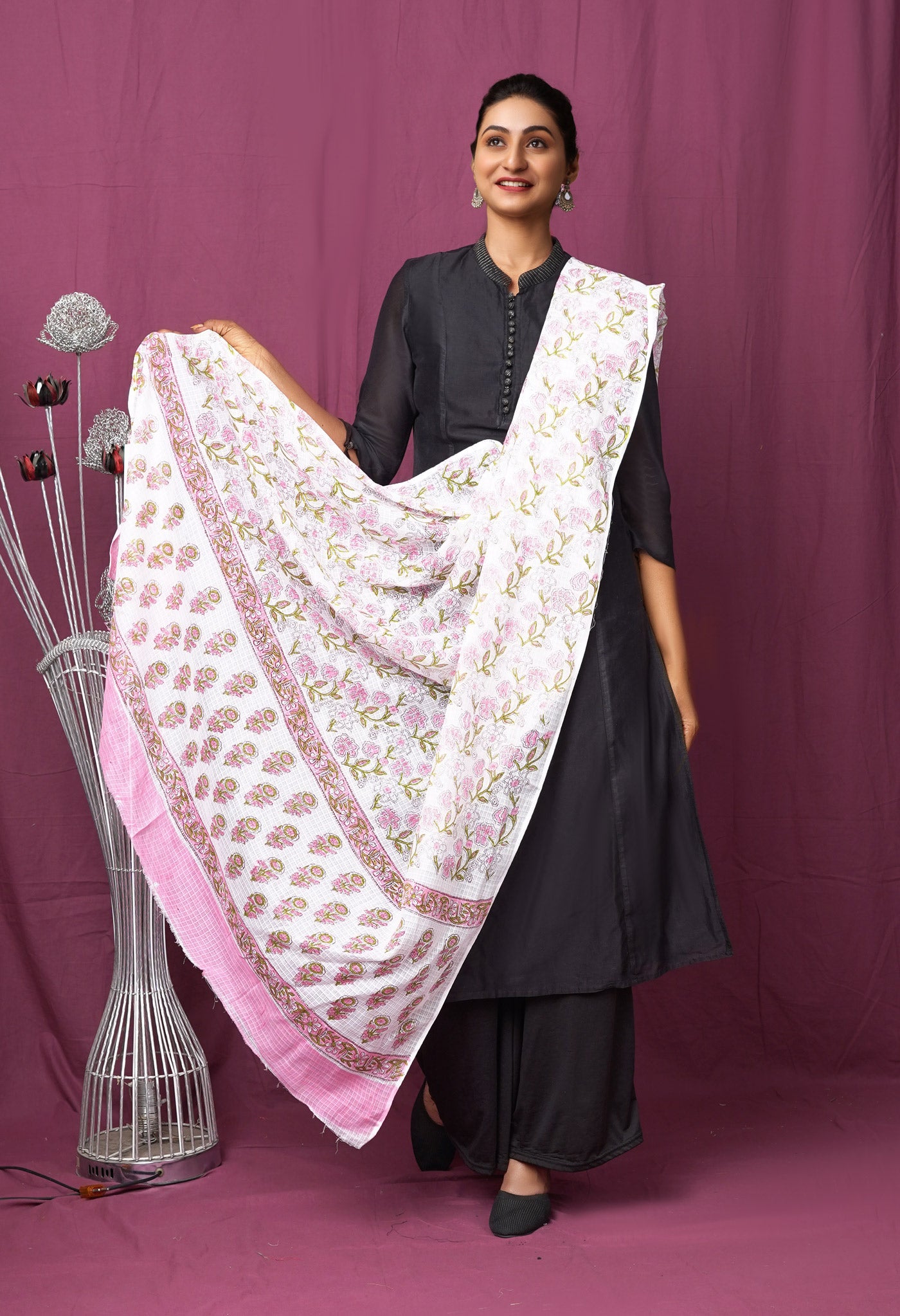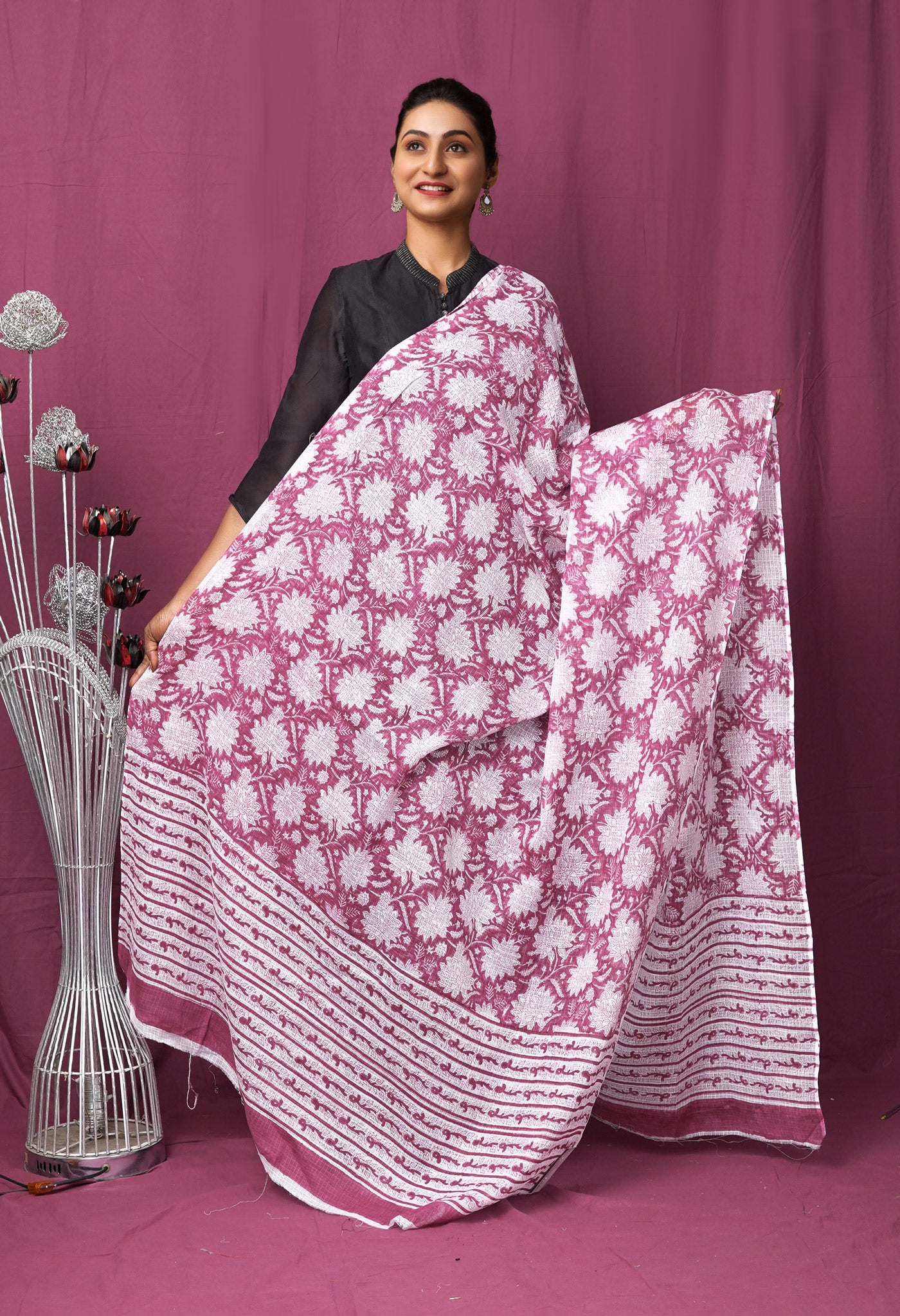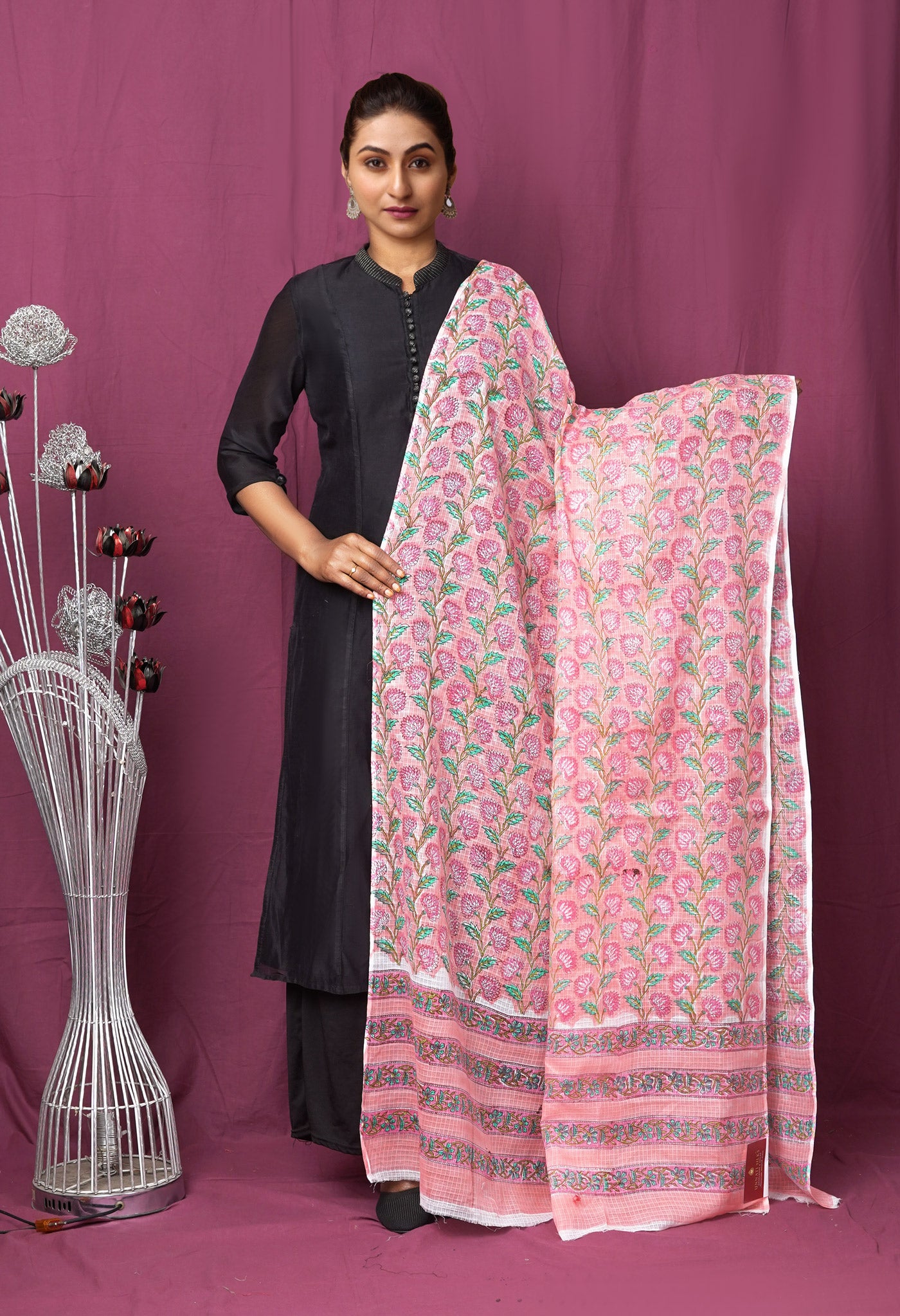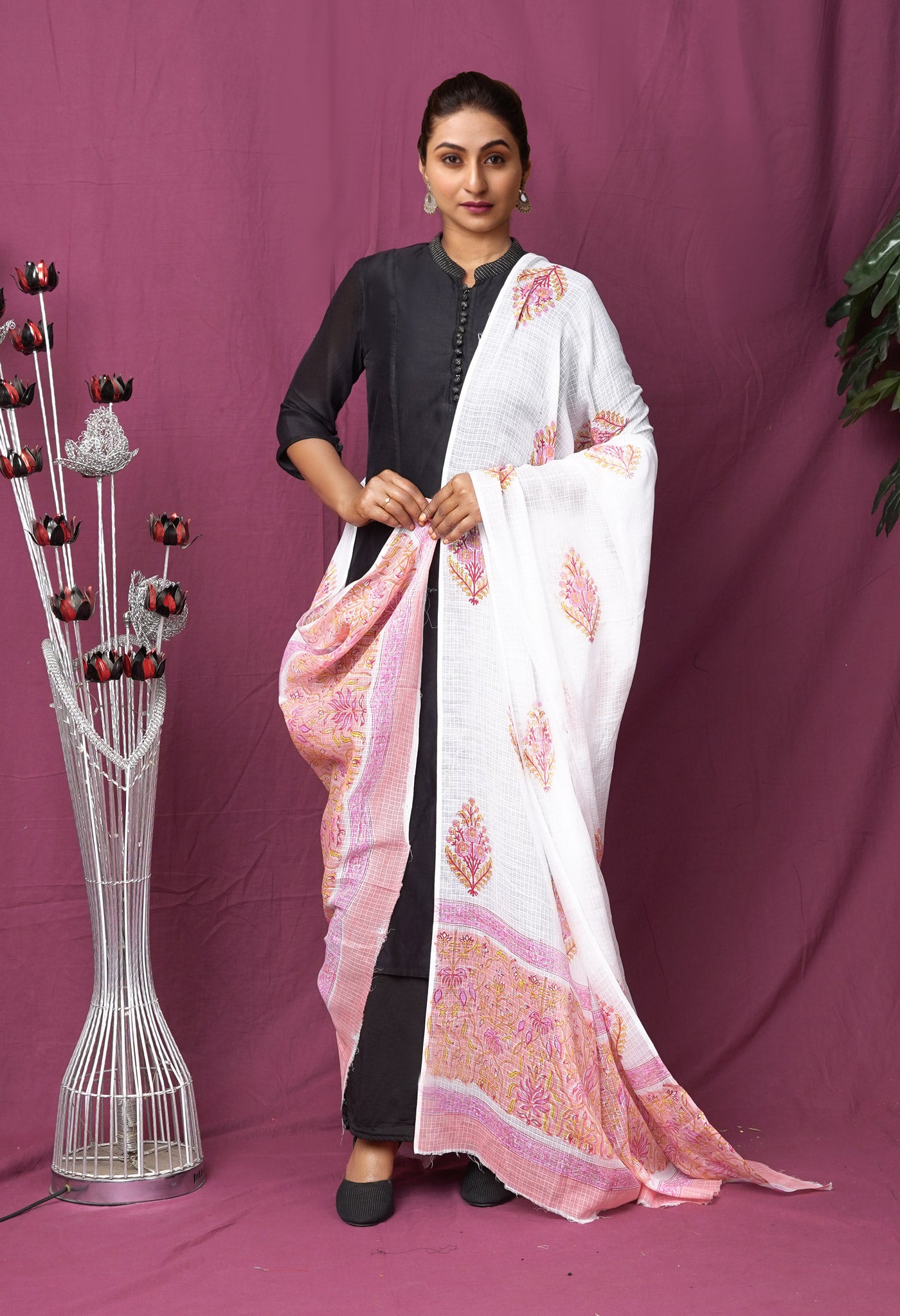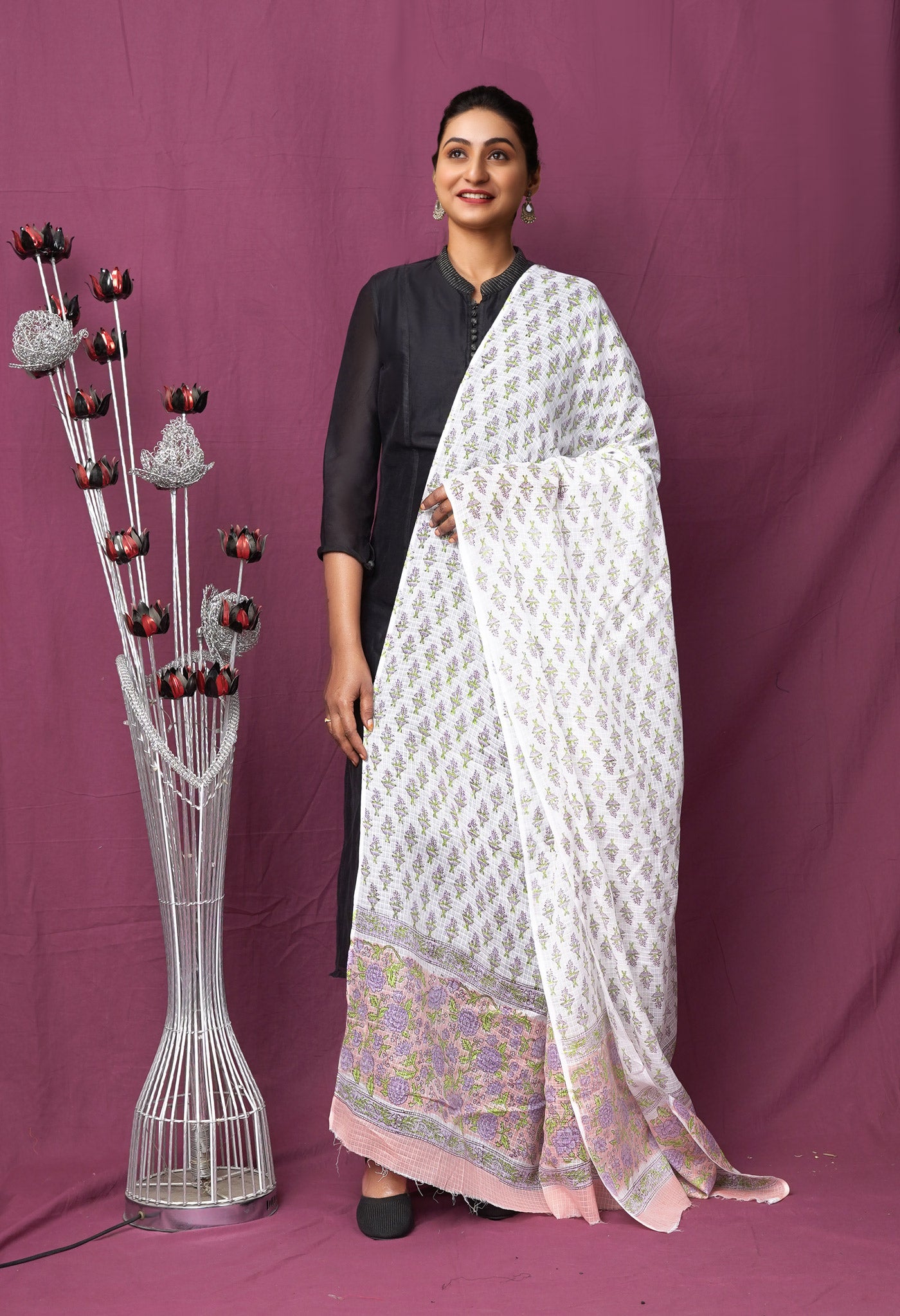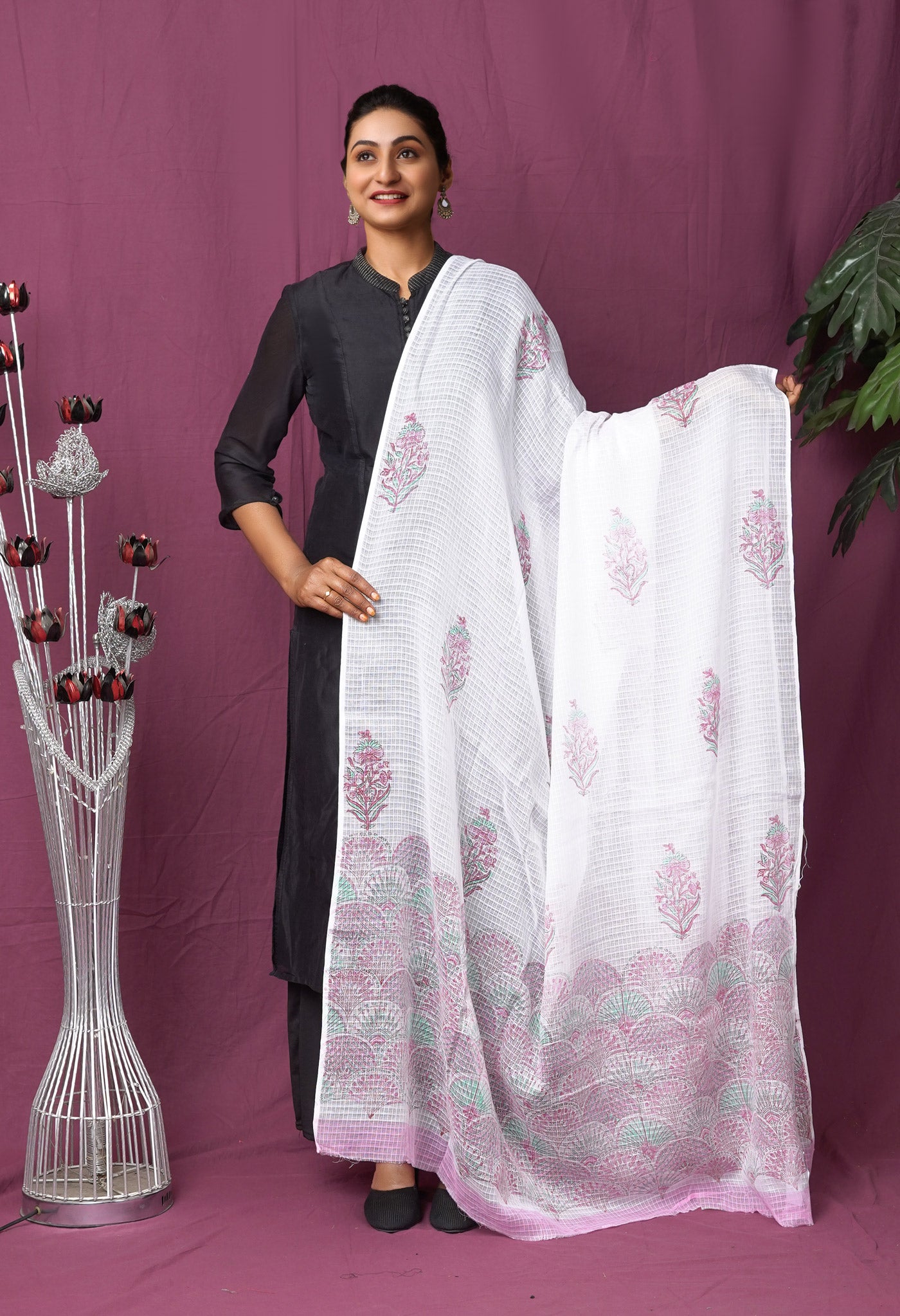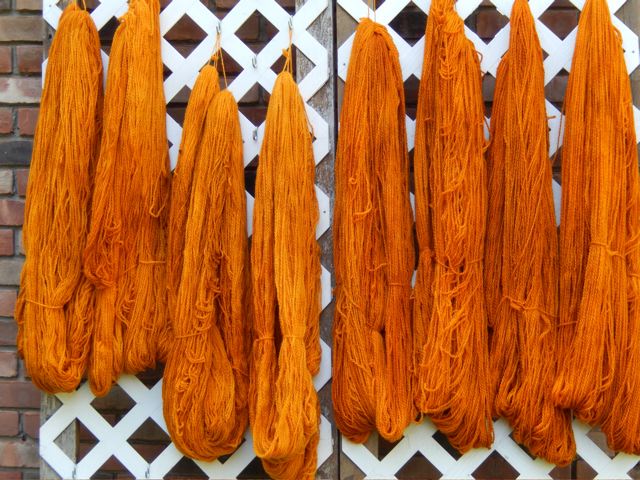
Fabrics from Oranges – interesting and exciting
Textile fibres could be from natural and synthetic materials. Natural fibres generally known could be animal or plant fibres such as silk, mohair, cashmere, cotton, jute, hemp, flax, coir etc. while synthetic would be nylon, rayon, polyester etc. which constitute man-made fibres that are manufactured by artificial processes.
There have been others like Banana fibres from the plant but heavily processed to make them usable to weave cloth. One of the latest to join the bandwagon is the orange fibre, made from waste material or peel of the orange.

How is the fiber made?
Fabrics are formed from a silk-like cellulose yarn that can blend with other materials. When used in its purest form, the resulting 100% citrus textile features a soft and silky hand-feel, lightweight, and can be opaque or shiny according to production needs.
What are the benefits of the orange fiber?
- Orange Fiber is created from citrus juice by-products that would otherwise be thrown away. This means that hundreds of thousands of tons of orange peels find good use as ethereal fabrics perfectly suited to high quality textiles and fashion.
- Organic Orange Fiber Fabric is wonderfully soft, cuddly and strong that drapes beautifully, is anti-wrinkle and a plus point is that it comes in lots of range & type e.g. crepe, satin, cotton etc.
- From the perspective of safeguarding the interests of the environment The world production of waste materials in the form of orange peels is exceeding 700 tons per year. By utilizing this waste productively it is offering a solution
- While a textile made from food is a little unusual at first glance, the idea has environmental and social benefits, as well as being a positive addition to the fashion and textile industry. In addition to being good for the environment, the textile is good for the body as well, containing health properties.
- As it is made from citrus, the natural oils within the fabric contain vitamins A, C and E. Upon contact, these vitamins are released and absorbed through the skin.

What was the idea behind the orange fibre? What led to the orange fibre fabric?
Adriana Santanocito who was studying fashion design in Milano while working on her dissertation in fashion design, Santanocito decided to develop the project with Enrica Arena, an International Communication and Cooperation student, with the support of the Polytechnic University of Milan.
Daring to think out of the box, she saw in Italy alone, hundreds of thousands of tonnes of citrus peel and by-products from juice production being thrown away every year, which had both financial and environmental costs. She came up with the idea of using what remains after squeezing oranges for juice, which amounts to more than 700,000 tons of byproduct in Italy alone. She saw gold where others saw waste. She contacted a lab at the Polytechnico di Milano, where she demonstrated that her idea was feasible – extracting cellulose from citrus waste and then spinning it into an innovative silk-like, bio-degradable fibre.
The students filed an Italian patent, which was extended to international protocol in the U.S., Brazil, India, Mexico and the European Union. So was born their company: Orange Fiber.
In 2013 the idea was patented and in 2015 Adriana and co-founder Enrica Arena, applied and won the Global Change Award. “With the Global Change Award we saw an amazing opportunity to develop our project, increasing its potential and positive impact,” says Enrica.

The advantages they perceived in developing the idea to fruition
- A marked increase in food processing over the past 50 years has gradually generated an enormous amount of non-edible byproducts and the potential for the senseless discarding and waste of natural resources.
- They identified and developed a tremendous opportunity for the application of industrial ecology, allowing for reduction in waste as well as pollution by transforming citrus juice byproducts into a new and sustainable product.
- The process of industrial production that they developed and patented in Italy, then extended internationally, could produce a high-quality fabric capable of bringing together two pillars from their Italian heritage – textiles and food – and respond to the demands of both innovation and sustainability in the fashion industry.
- Their efforts were inspired by beauty, quality and the opportunity to provide an innovative and sustainable textile to Italian production practices and the entire fashion industry. Straight from Mother Nature, an exclusive fabric is produced from hundreds of thousands of tons of citrus juice by-product, the so-called “pastazzo,” that otherwise would be wasted. They offered a fabric as fabulous to wear as it was to design to begin with.
- In fact at the time they began they were the world’s first and only brand to produce a patented material from citrus juice byproducts, repurposing them to create beautiful, sensorial materials that would reshape the buyer’s sartorial experience.
And what did they perceive with regard to the environment?
- In Italy every year, more than 700.000 tons of citrus waste are produced and, until now, no one has developed a viable alternative to disposal.
- This waste even prompted the closing of some citrus juice companies, due to illegal disposal or correct yet prohibitively expensive disposal practices. On the other hand they wanted to take advantage of the Green Movement by having a fiber that would be eco-friendly and bio-degradable. Over time they kept facing an ever-increasing number of consumers demanding sustainable materials and fashion brands seeking green innovation.
- This prompted them to work to unite oranges, which are typical of Sicily, and world-renown Italian excellence in textiles, developing a disruptive technology that creates an innovative material out of industrial byproducts. Existing textiles are unable to satisfy the increasing demand in quantity and quality, even before issues of sustainability are considered. That’s why they were passionate about reusing citrus juice byproducts that do not rival food consumption but are able to provide sustainable resources. They quickly found a way to maximize the reapplication of citrus juice byproduct, spinning the citrus cellulose into a high-quality and completely new material for the fashion industry.

The Process
- The peelsare processed with a patented method to extract the cellulose that is spun to form the final yarn. The fabric looks and feels like silk: soft to the touch and a shiny appearance. The biodegradable yarn can be spun with any type of existing yarn.
- Aside from looking pretty and feeling nice, the orange yarn has an additional benefit: thanks to nanotechnology, the material still contains essential oils and vitamin C that are present in the citrus fruit peel.
- The skin absorbs these oils and is nourished by them, making the fabric a wearable body cream. According to Orange Fiber, despite the oils, the fabric does not feel greasy. The oils are guaranteed to last at least twenty washing cycles, but the company is experimenting with recharging methods with special fabric softeners.
- The company made three prototype fabrics. One is a lace silk in black and white, the second a cream coloured satin from which clothes such as summer dresses can be made, and lastly, a viscose-like fabric, which is intended to make clothes for daily use like shirts. The citrus peel yarn has won several national and international awards.

What the future beholds
Believing that luxury has risen to new standards they find Modernity no longer resides in the digitalization of exclusivity alone; modernity must look further than status and consider the future—the future of taste, the future of wearable design, but most importantly, the future of the world. They are committed to bringing sustainable design values to the fashion industry, helping those who wear their products to become not just consumers, but contributors to the Luxury 3.0 movement that aims at sustainable fashion.
Their achievements thus far
- In line with its commitment to a greener fashion industry and always attentive to industry innovations, for the Conscious Exclusive 2019, the premium H&M collection made only with recycled and sustainable materials, Swedish brand H & M has chosen Orange Fiber to create a sophisticated boho style top, a tribute to the beauty of Nature.
- Faithful to their motto, Responsible Passion, Salvatore Ferragamo is the first fashion house to employ Orange Fiber fabrics. This much-anticipated Ferragamo Capsule Collection is a collaboration born of a shared passion for creative innovation, sustainable design and a love for the heritage of Italian excellence.
The high quality of the Orange Fiber fabric, the precious prints by the Italian designer Mario Trimarchi and the stylistic mark of the Salvatore Ferragamo Maison for an exclusive collection that sounds like a hymn to Mediterranean creativity.

How to Make Organic Natural Orange Dye
- One of the most abundant colors in the plant world is orange and nature also gives us an abundance of plants that produce orange dyes. To create the deepest and longest-lasting colors, use plenty of the plant material, allow the dye bath to steep for several hours, and use appropriate mordants to set the colors in the fabric.
- Once you have extracted the color from the natural tannins in the plant material, you can use it to dye yarns and fabrics.
Anything to add?
- An orange fibre blended with silk provides a silken feel thread that looks and functions just like the real silk.
- The orange fibre can be dyed, printed and colored to create whatever look and feel we want.
- The productive process patented by Orange Fiber gives new life to the pastazzo, technical term to define what remains of the citrus fruits after squeezing. The wet citrus residual, pastazzo, is processed to be able to extract the cellulose that will form the final yarn. A biodegradable material like silk is produced: soft to the touch and shiny appearance, suitable to be woven with any type of existing yarn. Inside are also positioned, with the aid of nanotechnologies, essential oils in the form of capsules that dissolve in contact with the skin, smoothening.
- The new vitamin-enriched textile represents a brand new opportunity in high quality textiles and fashion.

